Responding to the petition of Lam Dong province voters on abolishing value added tax on electricity prices, the Ministry of Finance said that according to the current Law on Value Added Tax, electricity is a commodity subject to value added tax at a rate of 10%.
The Law on Value Added Tax does not have provisions on tax exemption or reduction, but stipulates three tax rates: 0%, 5% and 10%.
Of which, 0% applies to exported goods and services; 5% applies to essential goods and services for life and inputs for agricultural production; 10% applies to other common goods and services.
Therefore, according to the Ministry of Finance, the proposal to study the elimination of value-added tax on electricity products is not consistent with the provisions of the Law on Value-Added Tax.

Regarding the proposal to build a single electricity price mechanism, the Ministry of Finance said it had asked for opinions from the Ministry of Industry and Trade - the specialized management agency. This is a special commodity, production and consumption take place at the same time, storing electricity is very expensive and costly.
When mobilizing power plants, in principle the electricity industry will mobilize low-cost power plants first, then high-cost power plants until the electricity demand is met.
The practical application over the years has shown that the price of electricity for daily life according to the ladder is simple to apply but still encourages the use of electricity economically and effectively. Many developed countries such as Japan, Korea or countries in the region also apply the price of electricity in the ladder and the price of electricity in the next ladder is also higher than the first ladder like Vietnam.
According to the provisions of the Electricity Law, retail electricity prices are specified in detail for each group of customers, in accordance with the socio-economic situation of each period and the level of the competitive electricity market, including production, business, administrative work, and daily life.
Time-of-use retail electricity prices are applied to eligible electricity customers, including peak, off-peak and normal retail electricity prices. The group of electricity consumers for domestic purposes currently applies a step-up pricing mechanism. These regulations also aim to promote economical and efficient use of electricity.

Source: https://vietnamnet.vn/gia-dien-van-chiu-thue-vat-10-bo-tai-chinh-ly-giai-vi-sao-chua-the-mot-gia-2453756.html


![[Photo] Lam Dong: Images of damage after a suspected lake burst in Tuy Phong](https://vphoto.vietnam.vn/thumb/1200x675/vietnam/resource/IMAGE/2025/11/02/1762078736805_8e7f5424f473782d2162-5118-jpg.webp)



![[Photo] President Luong Cuong receives US Secretary of War Pete Hegseth](https://vphoto.vietnam.vn/thumb/1200x675/vietnam/resource/IMAGE/2025/11/02/1762089839868_ndo_br_1-jpg.webp)





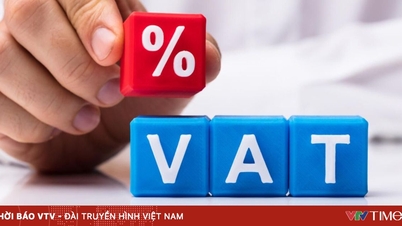

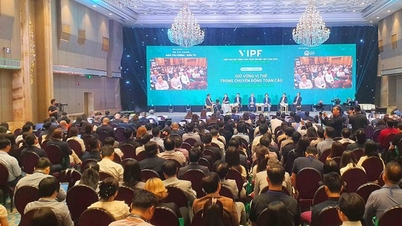

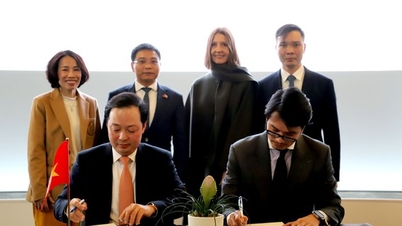












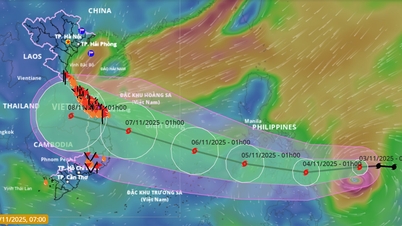
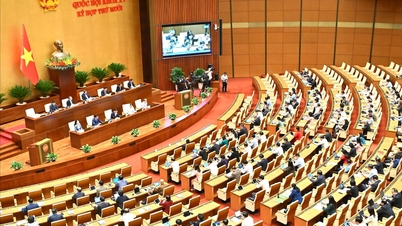


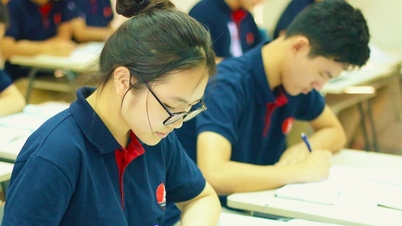




























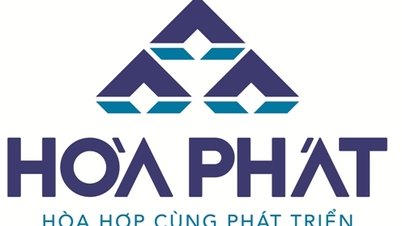









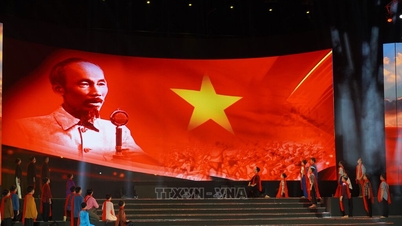

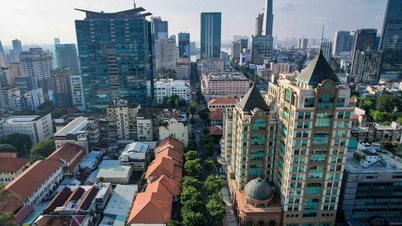



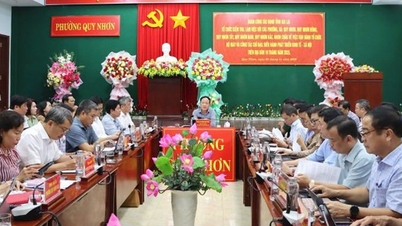




























Comment (0)